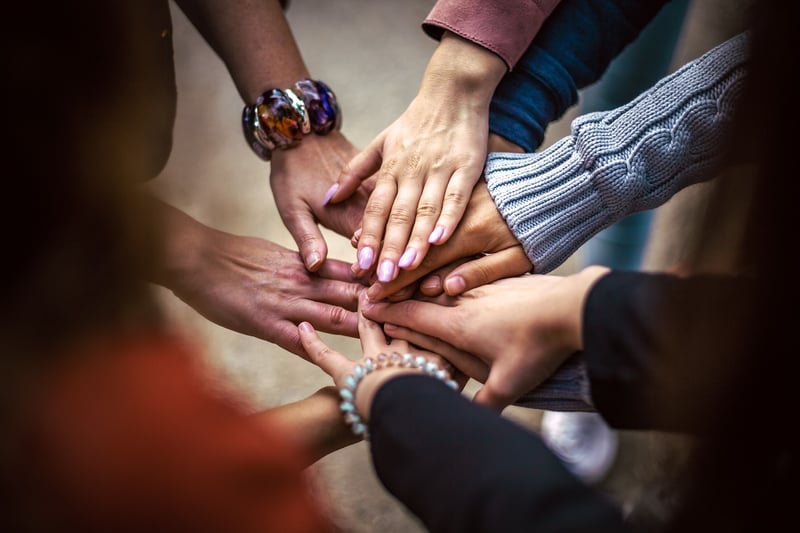Community Events
Building a Supportive Community
Communities play a crucial role in our lives, providing us with a sense of belonging, support, and connection. Building a supportive community involves creating a safe and inclusive space where individuals can come together to share common interests and goals. Here are some key aspects to consider when fostering a strong and supportive community:
1. Communication and Engagement
Effective communication is essential for any community to thrive. Encourage open and respectful dialogue among members, both online and offline. Utilize various communication channels such as social media, forums, and newsletters to keep everyone informed and engaged.
2. Mutual Support and Empathy
Encourage a culture of empathy and mutual support within the community. Create opportunities for members to help each other, share resources, and offer emotional support during challenging times. Celebrate victories and milestones together to foster a sense of unity.
3. Diversity and Inclusivity
Embrace diversity and inclusivity within your community. Celebrate different perspectives, backgrounds, and experiences to create a rich and vibrant community tapestry. Ensure that all members feel welcomed, respected, and valued.
4. Organize Community Events
Hosting community events is a great way to bring members together and strengthen bonds. Whether it's a virtual meetup, a workshop, a charity drive, or a social gathering, community events provide opportunities for face-to-face interactions and meaningful connections.
5. Volunteer Opportunities
Encourage members to give back to the community through volunteer opportunities. Whether it's organizing a cleanup drive, supporting a local cause, or volunteering at an event, contributing to the community fosters a sense of purpose and fulfillment.
6. Feedback and Continuous Improvement
Solicit feedback from community members regularly to understand their needs, concerns, and suggestions for improvement. Use this feedback to make informed decisions and continuously enhance the community experience for everyone.
Conclusion
Building a supportive community requires effort, dedication, and a shared commitment to creating a positive and inclusive environment. By focusing on communication, support, diversity, and community events, you can cultivate a strong and resilient community that enriches the lives of its members.

Remember, a supportive community is built on the foundation of trust, respect, and collaboration. Together, we can create a community where every voice is heard, every individual is valued, and every member feels a sense of belonging.
